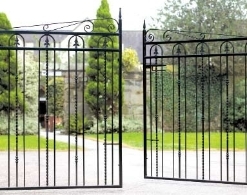It's a question we are asked fairly regularly here at Metal Gates Direct. And the answer isn't exactly as simple.
In our experience, wood and metal react to the autumn 'stresses' in entirely different ways. Neither material is inherently better – each is superior in some respects but deficient in others. The issue isn't which material is "better" but which does better for certain requirements and in certain locations.
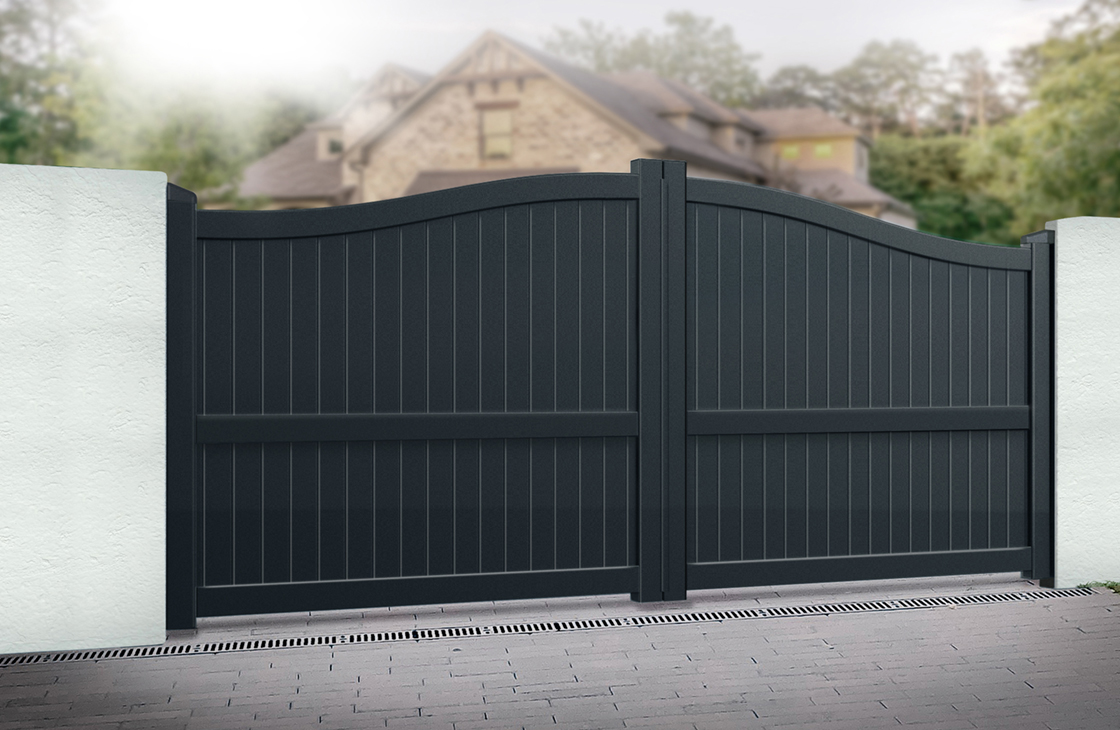
Moisture Absorption and Dimensional Change
Simply put - wood expands when it absorbs moisture. The expansion is uneven – timber will expand more across the grain, than with the grain. Such differential movement causes warping, twisting, and joint stress. Gates that closed completely in August may bind or gap by October.
How quickly the moisture is absorbed is just as crucial as how much. Rapid wetting and following brief periods of drying create surface tensions that lead to splitting. Various timber types react differently to wetness. Hard timbers such as oak soak up wetness slowly but considerably swell once saturated. Softwoods soak up wetness more rapidly but generally swell less. Neither method circumvents the underlying problem – autumn contains more wetness than timber gates can withstand without the change in dimensions.
Pressure treatment helps but doesn't eliminate moisture movement. Preservatives protect against rot but won't prevent water absorption. Treated wood continues to swell, warp, and move due to autumn weather cycles.
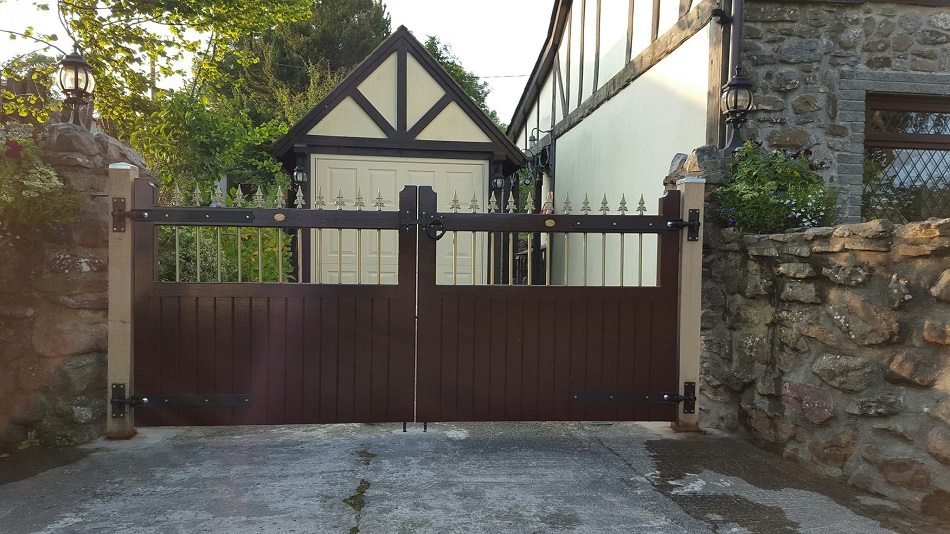
Maintenance Requirements
Autumn makes wooden gate maintenance demands skyrocket dramatically. Inspection becomes necessary instead of optional. Protective treatments have to be topped up. Loose fixings must be tightened. Small issues must be fixed before they become major problems.
This maintenance load depends on timber quality, construction, and exposure. Bargain softwood gates in exposed areas can require to be treated monthly. High-quality hardwood gates in sheltered areas may cope with seasonal maintenance. But all wooden gates require additional maintenance during autumn compared to summer.
When treating, the timing is everything. September treatment cures well. The same effort undertaken in November faces poor curing conditions. Such a narrow window makes scheduling autumn maintenance essential.
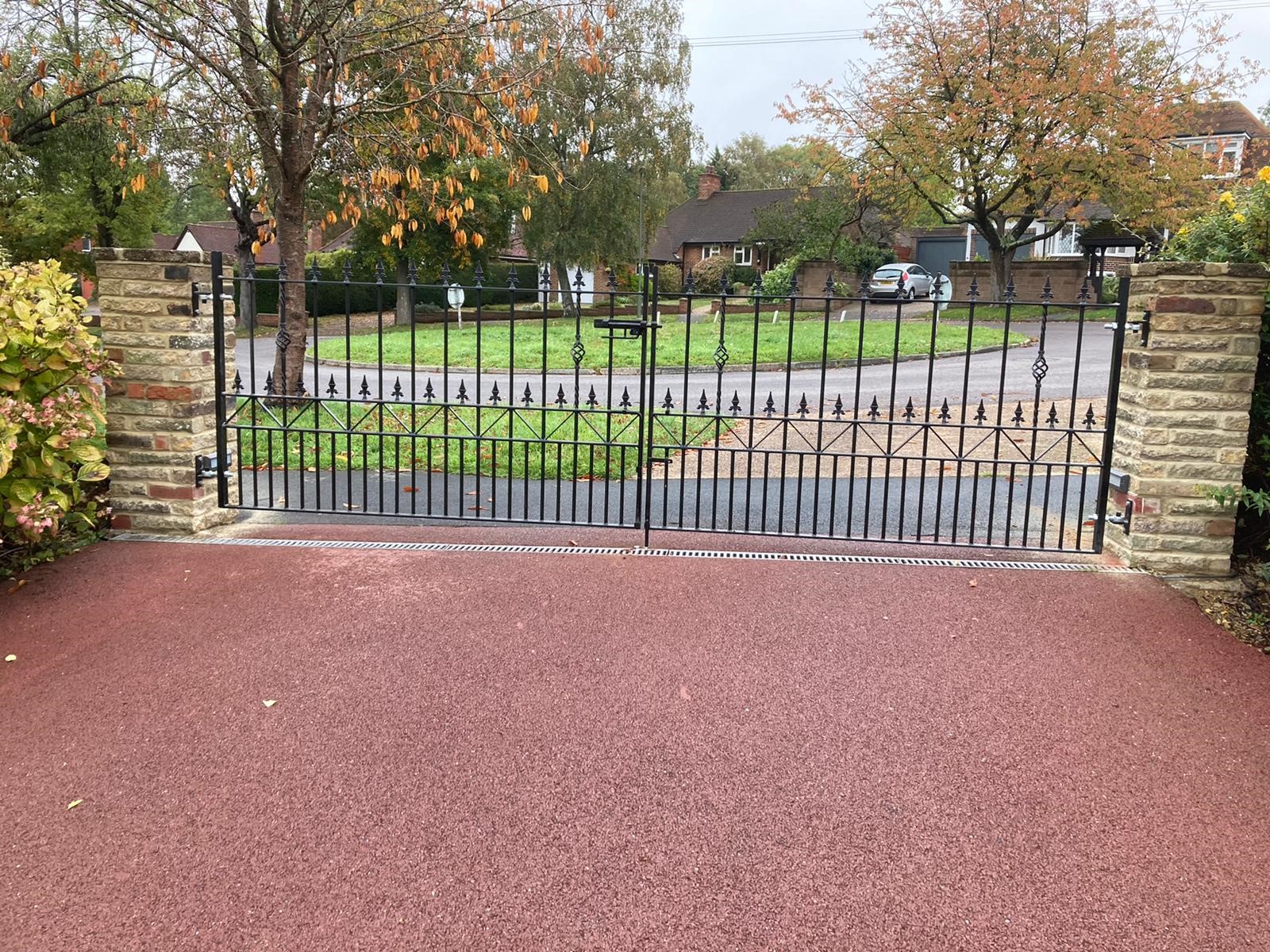
Thermal Expansion and Shrinkage
Metal heats up and contracts with cold. Autumn temperature fluctuations, although less extreme than between summer and winter, continue to induce repeated expansion-contraction cycles. These cycles put strains on and loosen fixings and joints increasingly.
The coefficient of expansion differs among metals. Aluminium shifts more than steel. This has implications when various metals touch each other during gate manufacturing. Dissimilar metals expand at different rates, and stress occurs at points of junction.
Changes in temperature also influence the manner in which metal gates suspend. Posts and hinges react to temperature differently. This may result in alignment changes throughout the day. Gates that close perfectly during morning coolness might jam during afternoon heat, or vice versa.
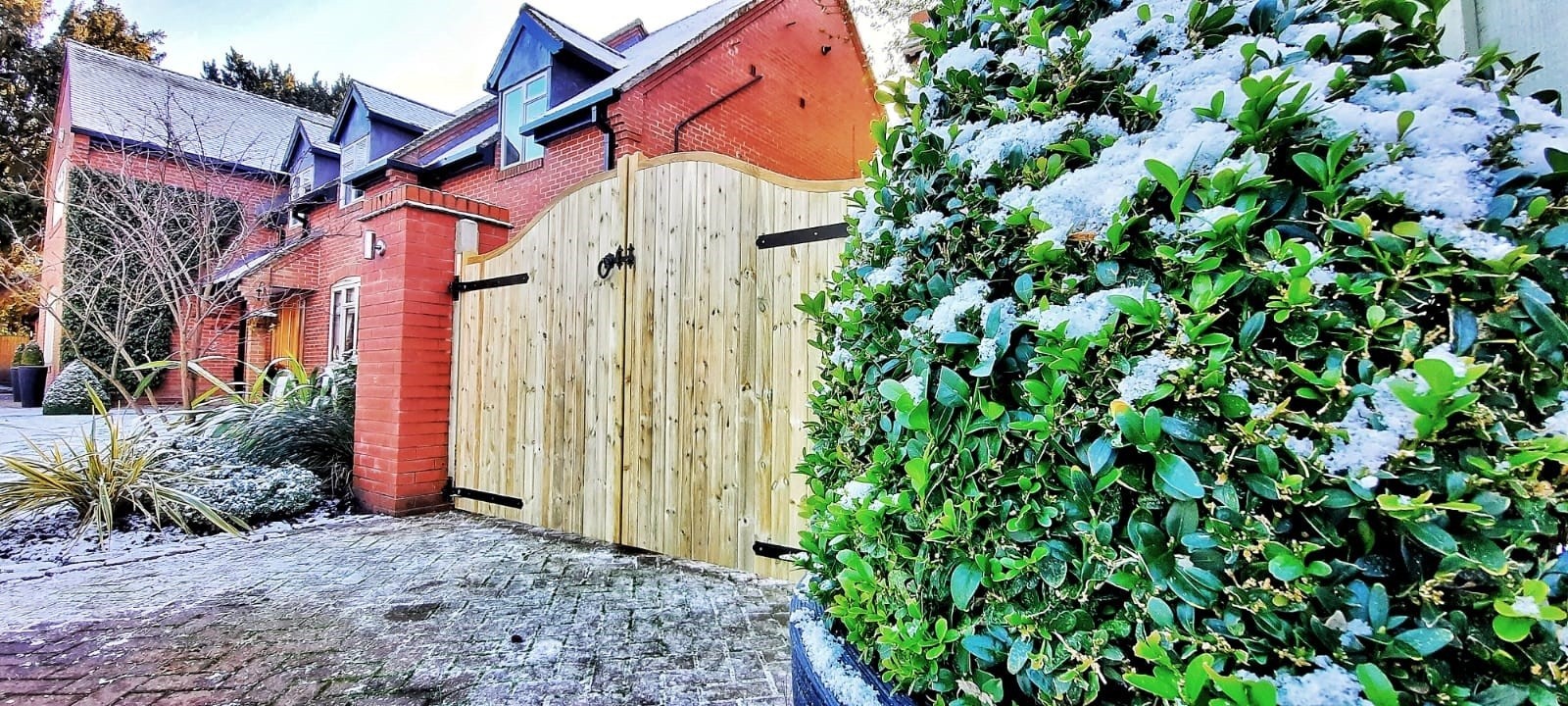
Wind Loading
Autumn gust speeds are greater than summer means. Metal gates will normally expose solid or quasi-solid surfaces to the wind. These lead to heavy loads on hinges, posts, and fixings. Loads cycle with each gust and lead to fatigue stress over the long term.
Light metals like aluminium respond more vigorously to wind. Stout steel gates do not swing as readily but transfer more forces to mounting points. Both configurations avoid the fundamental issue – autumn gales test gate installations to the utmost.
Mechanical tension from wind combines with corrosion susceptibility to create compound hazards. Stressed components create microscopic cracks. Water seeps into these cracks. Corrosion then arises internally within the metal structure.
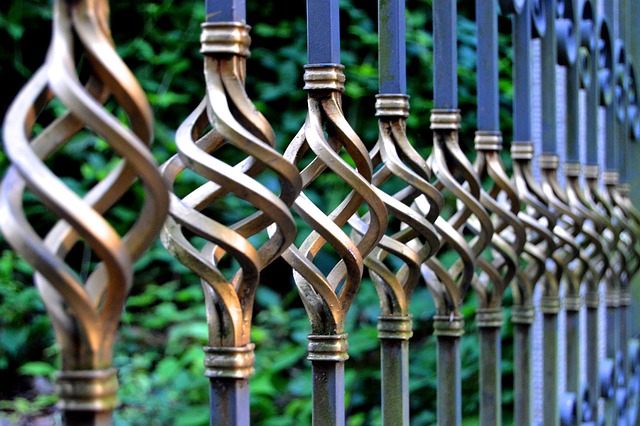
Maintenance Requirements
Metal gates require less maintenance than wood but differently. Inspection emphasizes coating integrity more than dimensional stability. Coating damage must be dealt with quickly before corrosion takes hold.
Seasonal timing of autumn maintenance becomes less critical for metal than for wood. Treatments can be done within larger weather windows. Yet, surface preparation becomes increasingly important. Adding new coatings over failing coatings is a waste of effort and material.
Metallergic gate maintenance will normally require longer periods than wood. Annual service will usually suffice for good-quality gates in typical locations. Coastal or factory exposures may require additional maintenance.
Weather Resistance
Metal gates are less susceptible to rain than timber in the short term. Water drains from metal surfaces rather than getting absorbed. This protects from the dimensional movement that is the nemesis of timber gates. Standing water or held moisture, however, poses corrosion risks that timber avoids through its permeability.
Wooden gates cope with temperature fluctuations better in terms of structural stress. Wood expands and contracts less than metal with changing temperatures. But timber movement due to moisture tends to be greater than metal's thermal expansion.
Neither material copes well with prolonged dampness. Wood gets rotten. Metal rusts. Mechanisms are different but results are equally troublesome. Adequate drainage and ventilation are more important than material selection in controlling this risk.
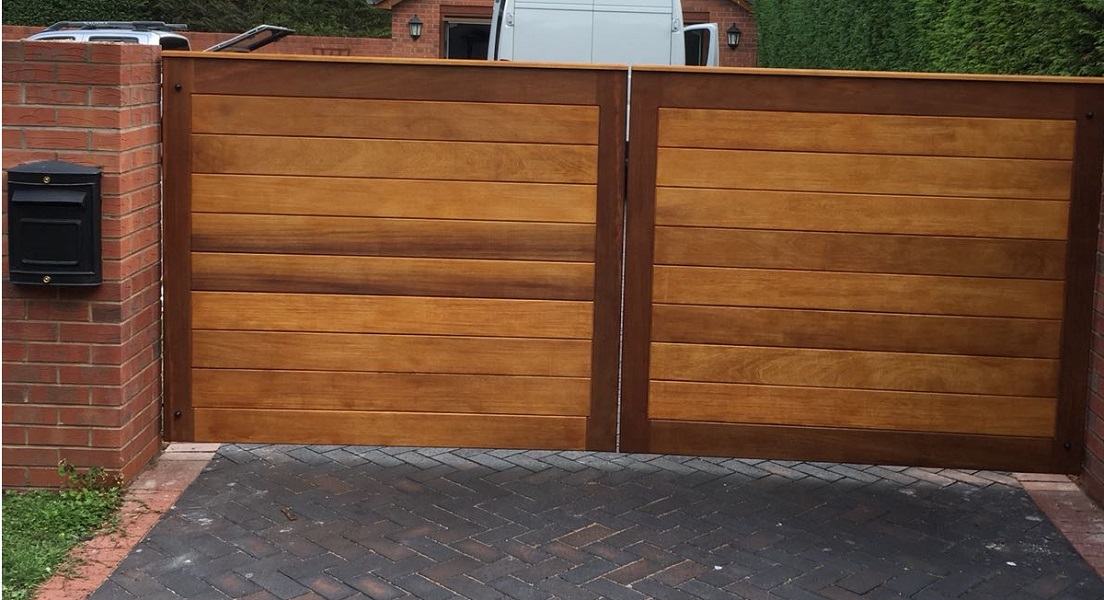
Material-Specific Advantages
Understanding where each material excels in helping match gates with requirements and expectations.
Where Wood Excels
Wood gates excel in situations where traditional aesthetics are a concern. August weather does not change the aesthetic advantage. Wood never loses its integrity once weathered.
Timber is more forgiving of impacts than metal in most applications. The material absorbs impact rather than denting. This is significant for gates in high-traffic areas.
Wood also offers easier repair options for typical wear. Rot or split sections can be replaced without having to replace entire gates. This contributes significantly to useful life. Metal corrosion typically requires more complex repair or complete replacement.
Cost-to-performance ratio favours wood for most applications. High-quality wooden gates meet acceptable autumn performance at moderate expense. Comparable metal gate performance can quickly cost significantly more.
Where Metal Excels
Metal gates maintain size with Autumn weather changes. They will not warp, swell, or twist with moisture content. Size stability to this extent makes for smooth operation.
Metal gates are more suitable to modern architectural styles than the old timber. Metal is frequently required by new developments for consistency of appearance. Autumn operation reinforces rather than contradicts this choice of design.
Security requirements tend to prefer metal construction. Heavier gauge steel gates are more resistant to forced intrusion than conventional timber. This benefit applies irrespective of season.
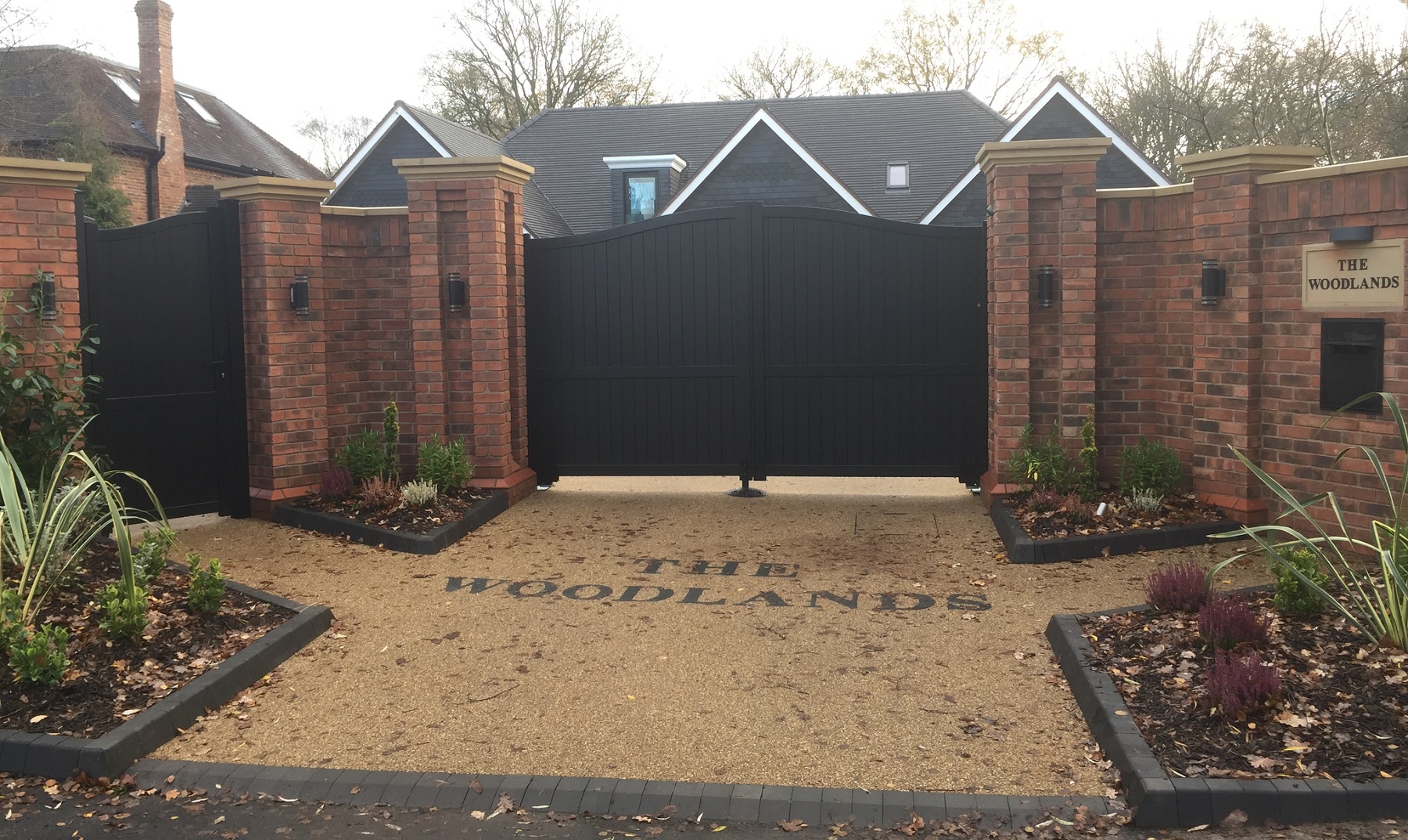
Making the Choice
Consider carefully the exposure level. Protected sections reduce autumn weather stresses on materials. Exposed sections demand more from gates. Match material capabilities with actual conditions rather than anticipating normal performance.
Honestly evaluate maintenance capability. Wooden gates demand constant care in autumn. Metal gates demand less-frequent but more-technical maintenance. Neither material performs well without adequate care. Choose the maintenance profile you can realistically afford.
Budgeting extends beyond the first cost. Wooden gates are cheaper initially but will cost more in the long term to refinish or replace earlier. Metal gates cost more initially but may have longer useful lives with less need for maintenance. Determine the cost of ownership rather than cost of purchase.
Aesthetic needs are significant. Some properties require traditional wooden gates regardless of the performance needs. Others require modern metal appearances. Neither choice is wrong if appropriately considered with total understanding of ramifications.
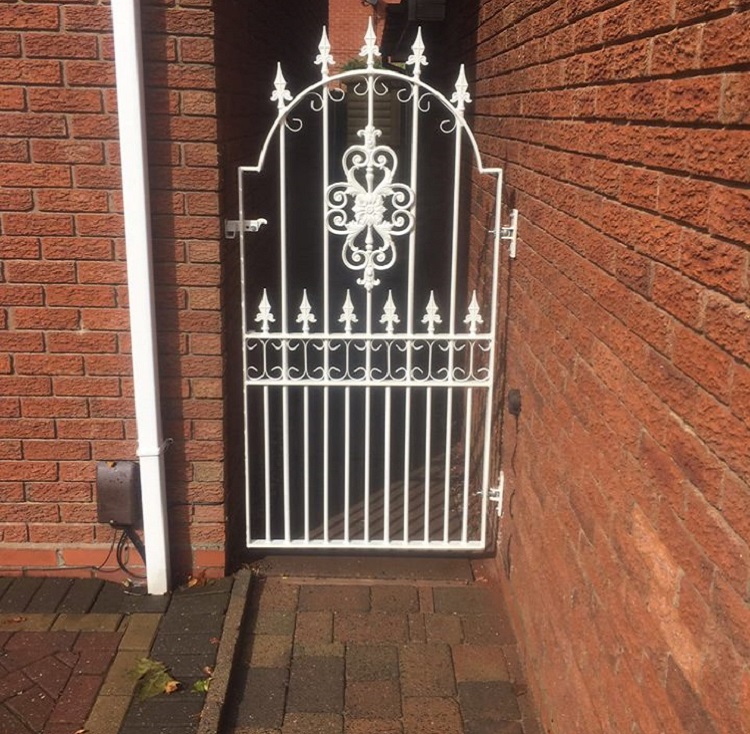
The Practical Reality
British autumn appropriately puts gates through rigorous testing. Wood and metal suffer with wetness over long periods, temperature changes, and wind loading. Neither material emerges through testing season optimally.
The "better" material is strictly a function of circumstances. Old country homes with busy owners usually favour wooden gates despite the need for maintenance. Modern city homes with minimal or no maintenance capacity often choose metal. Both approaches work so long as appropriately matched to circumstances.
Understanding the behaviour of materials in autumn conditions helps in setting realistic expectations and planning maintenance. Seasonal maintenance on well-maintained gates functions irrespective of material used. Neglected gates do not function irrespective of wood or metal fabrication.
British autumn offers challenging conditions that test any material used for gates. Successful choice is dependent on choosing materials most applicable for particular purposes, maintenance, and embracing their own limitations.


